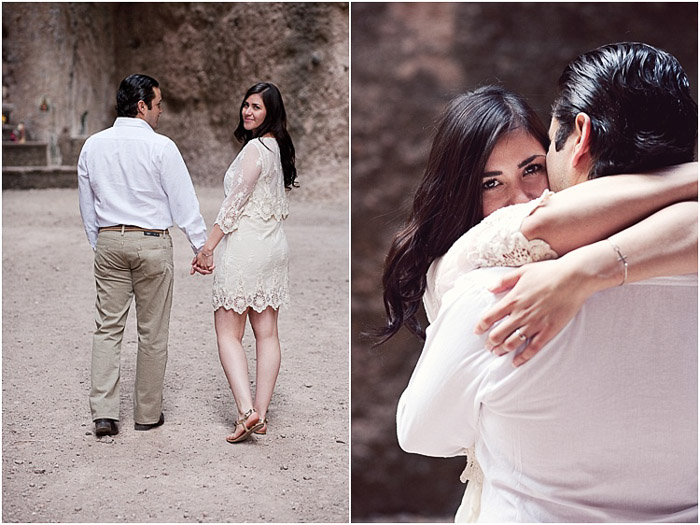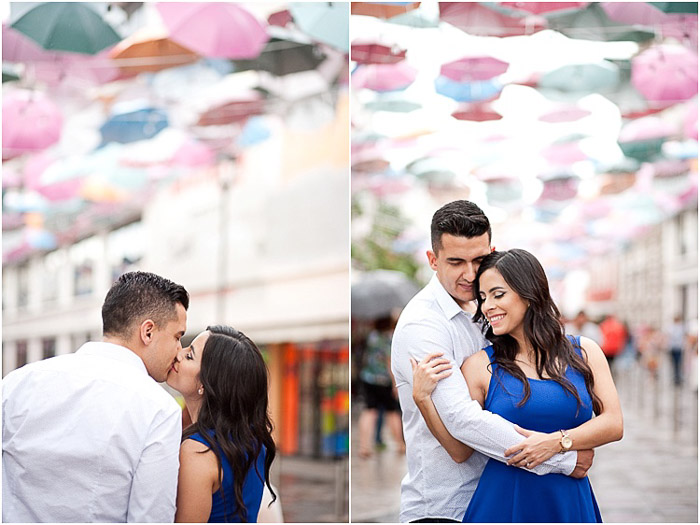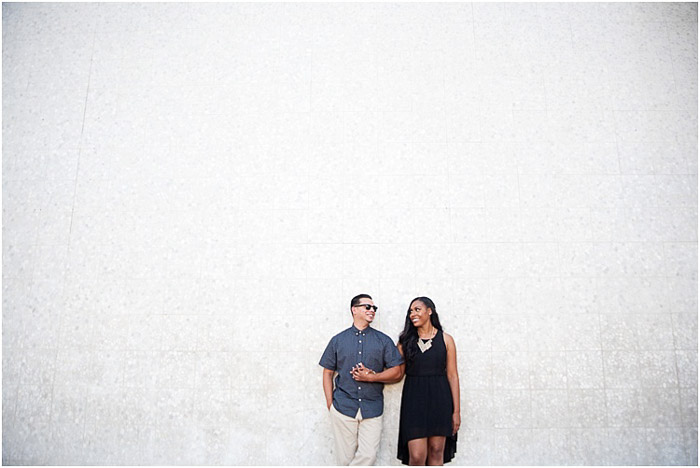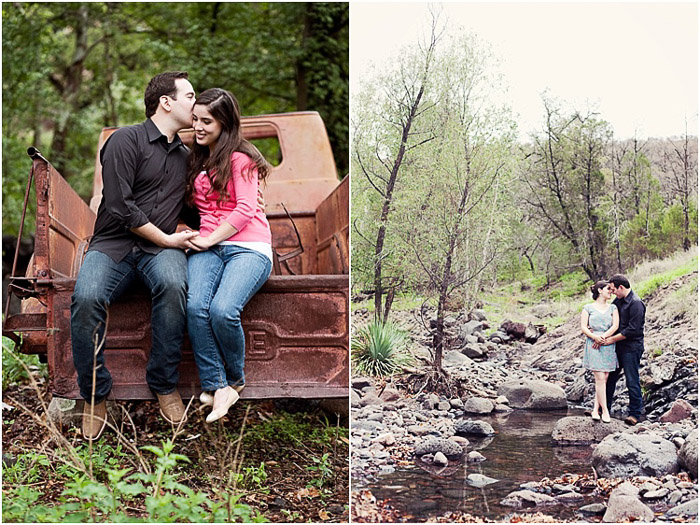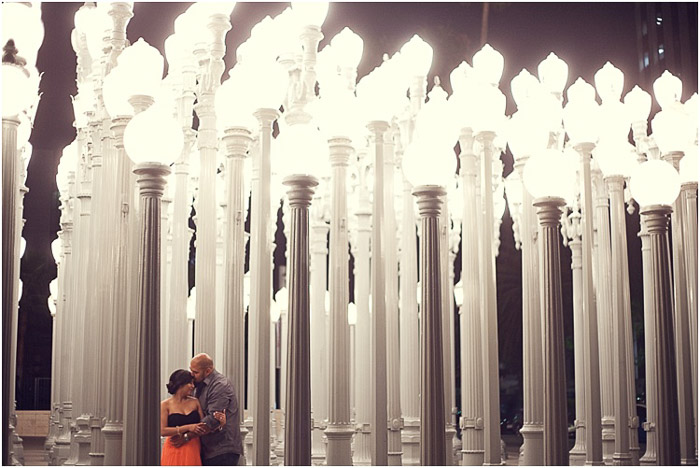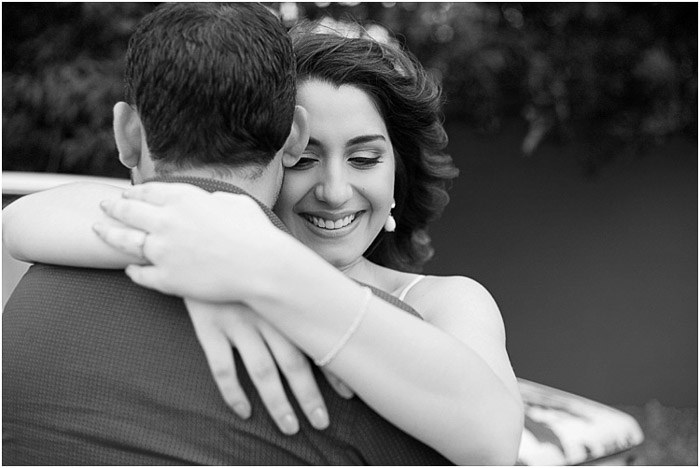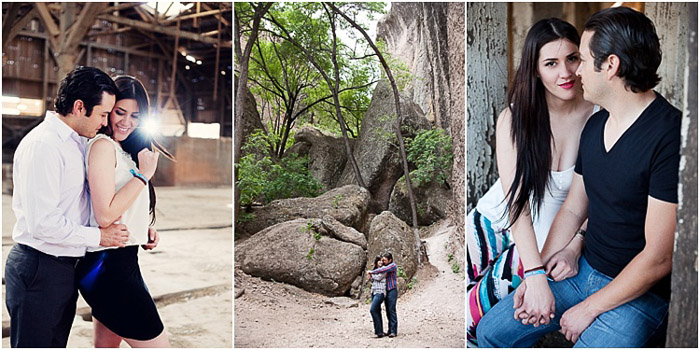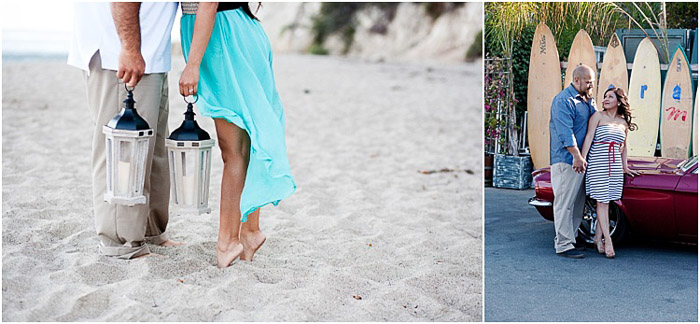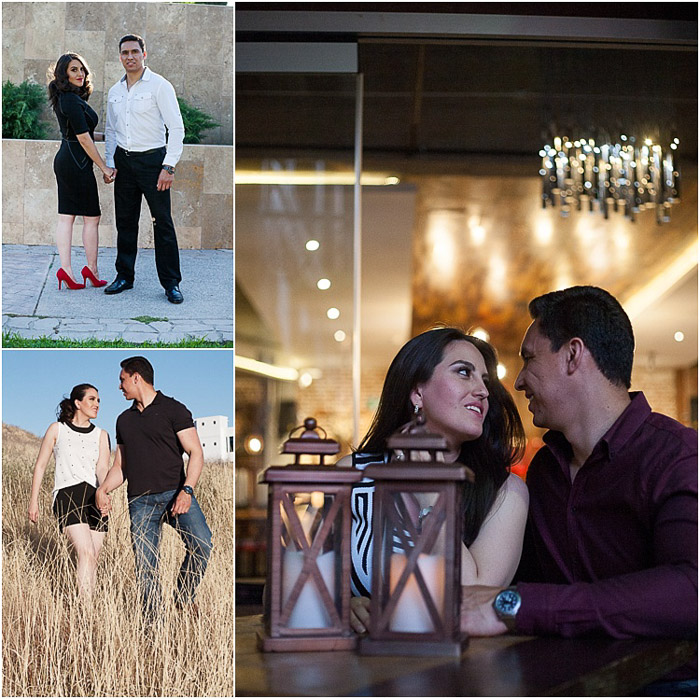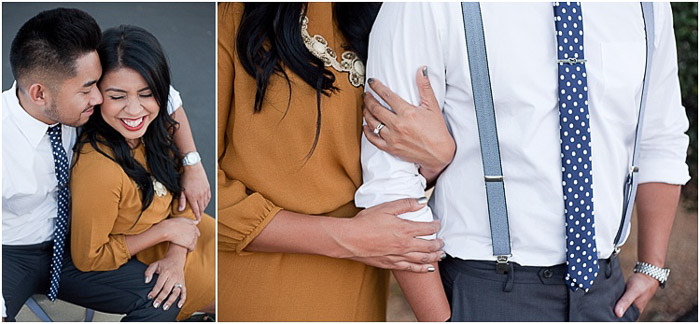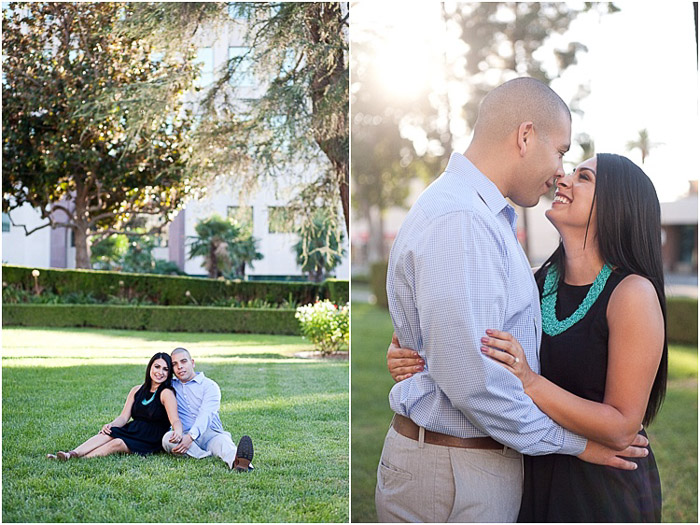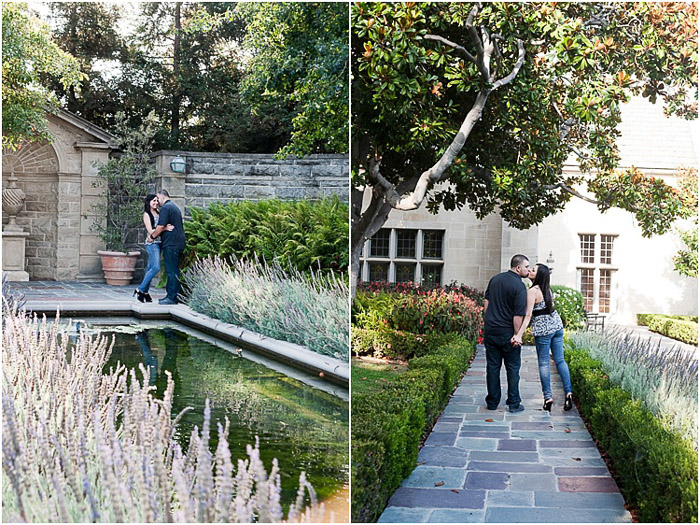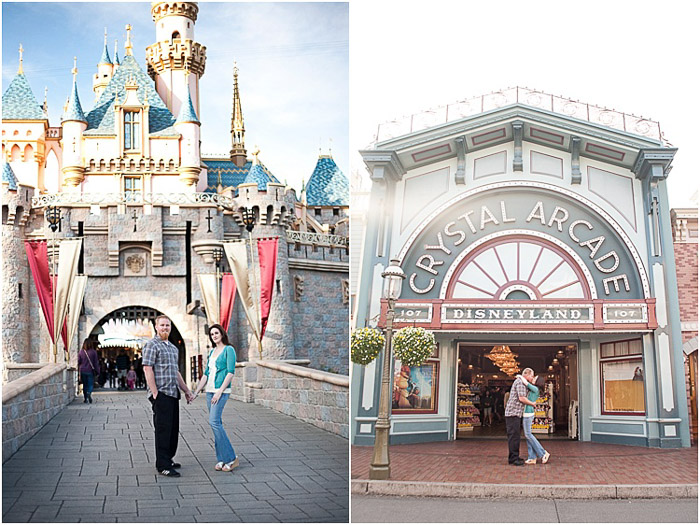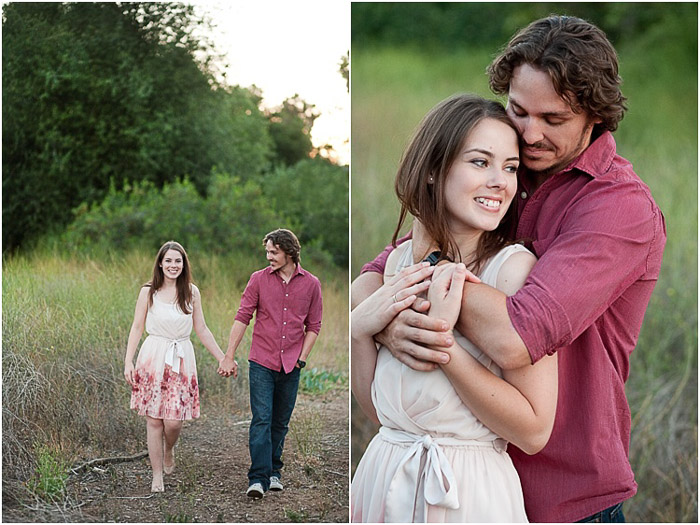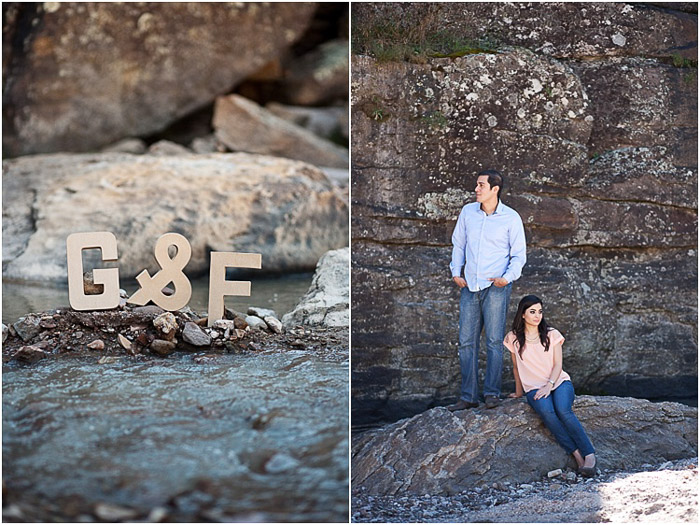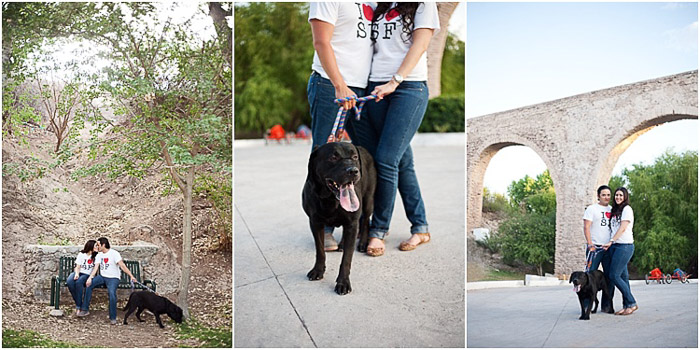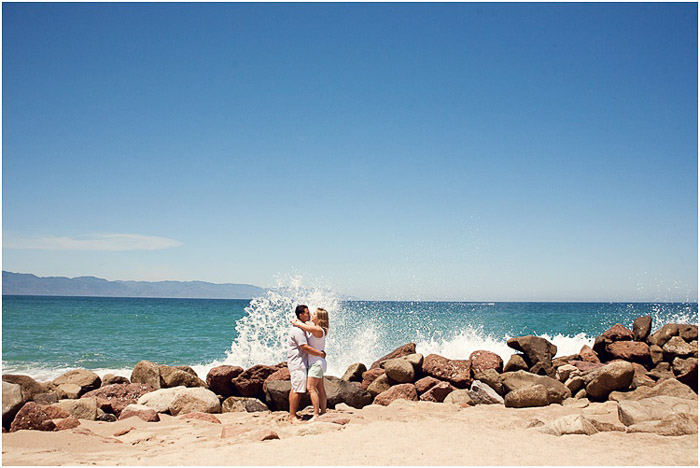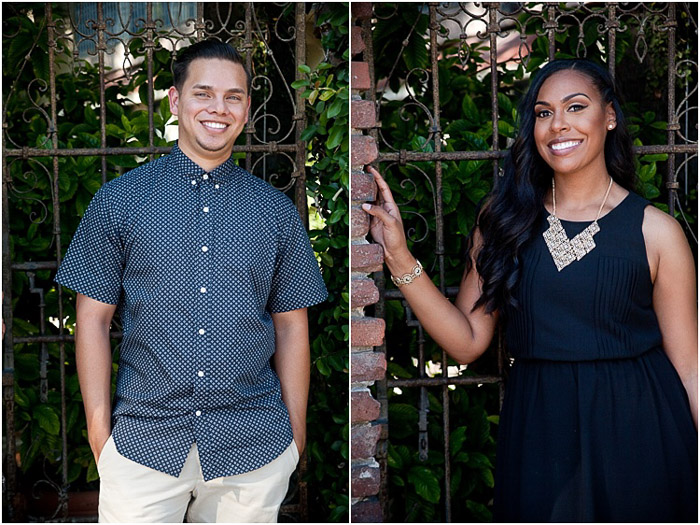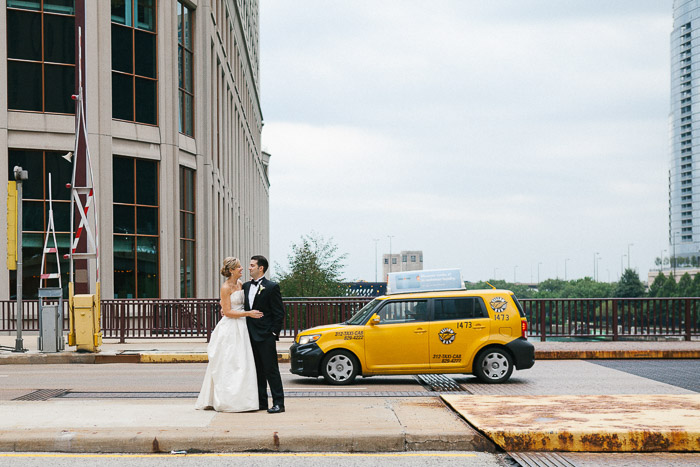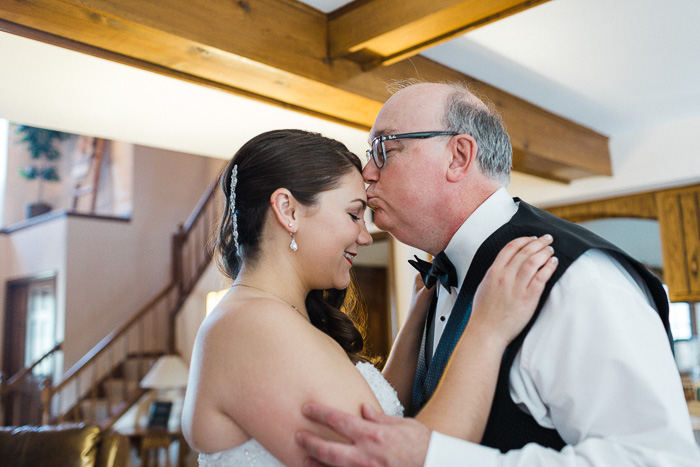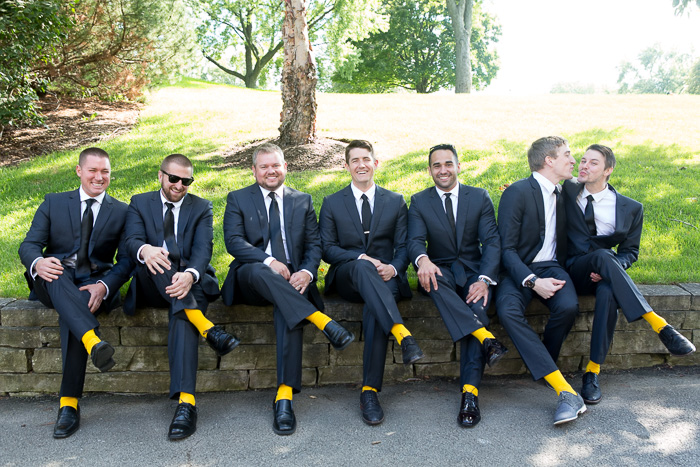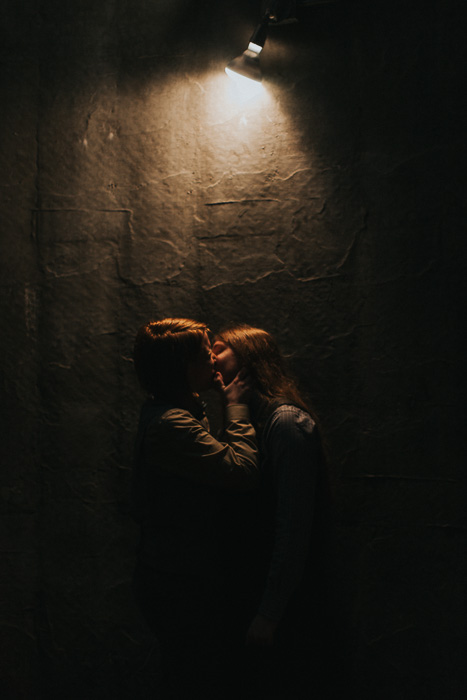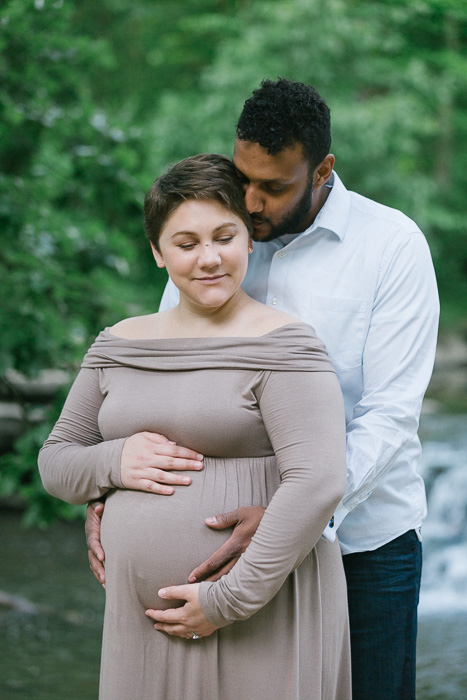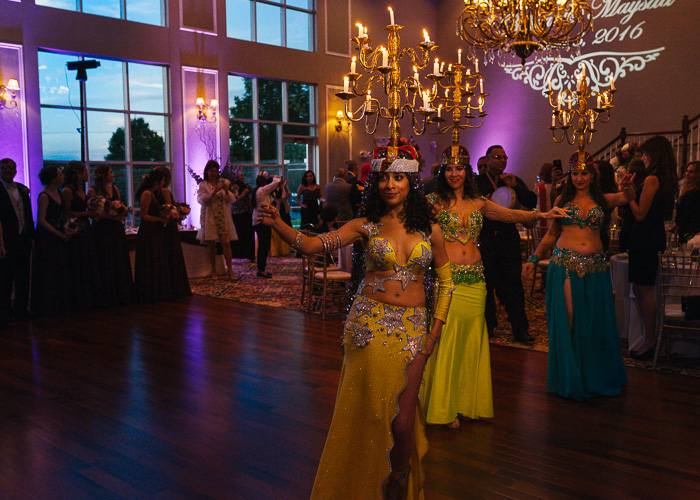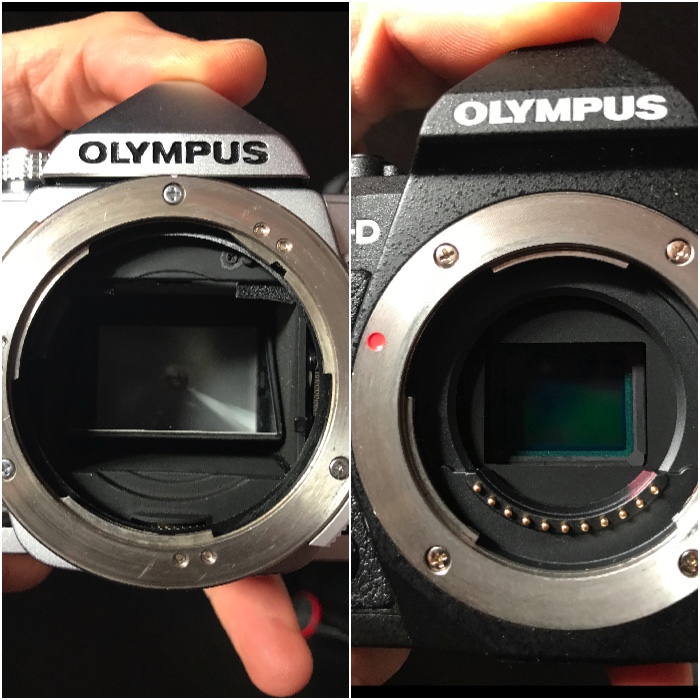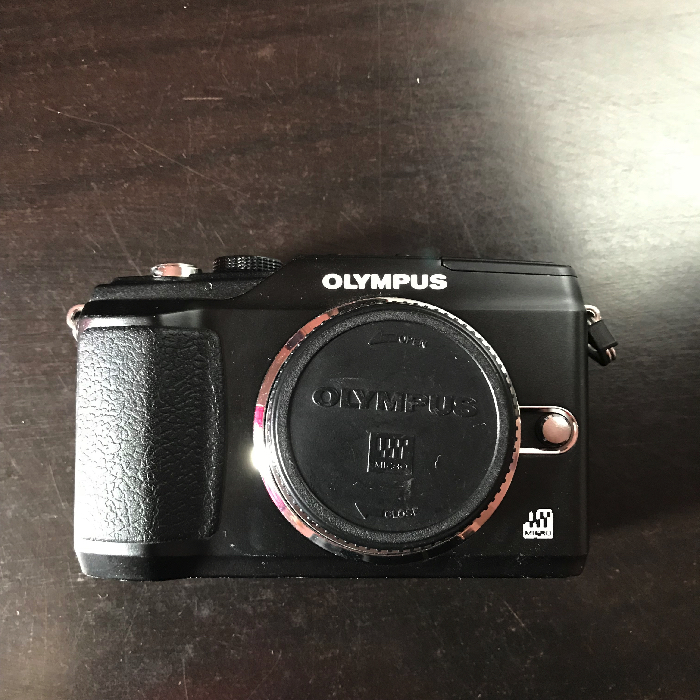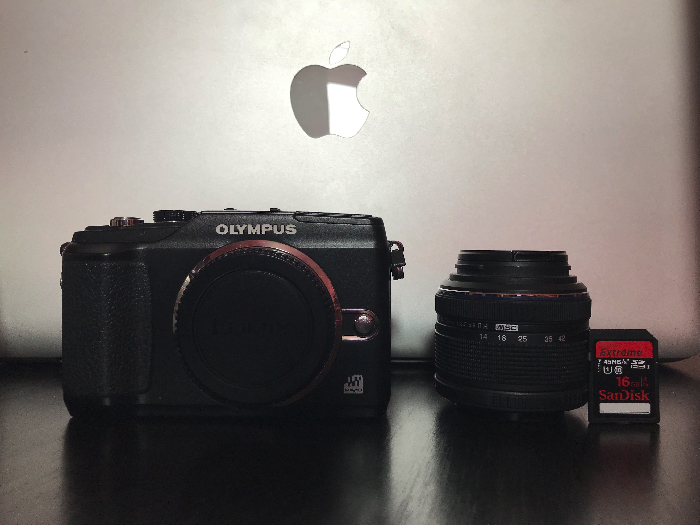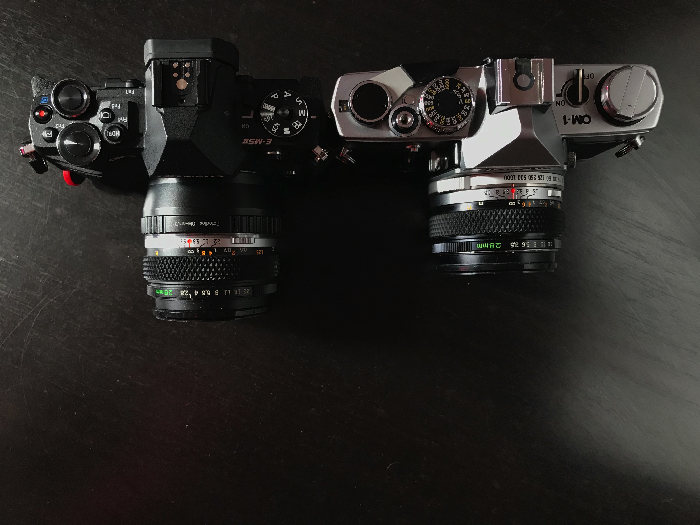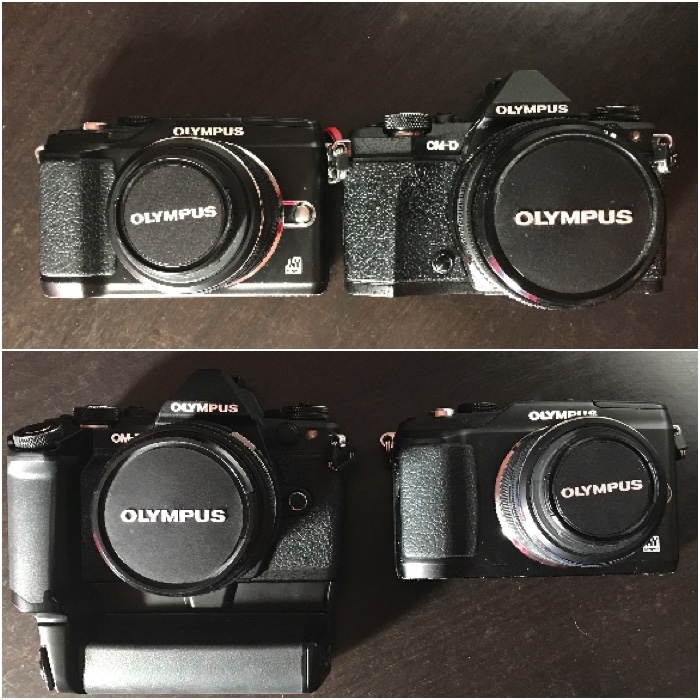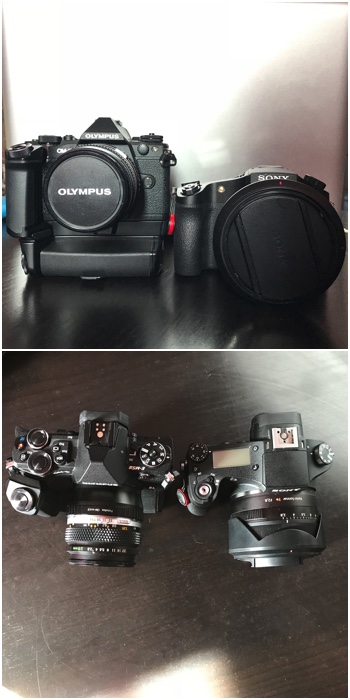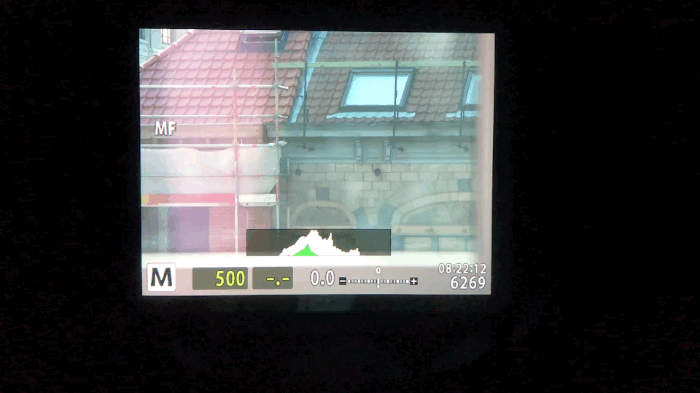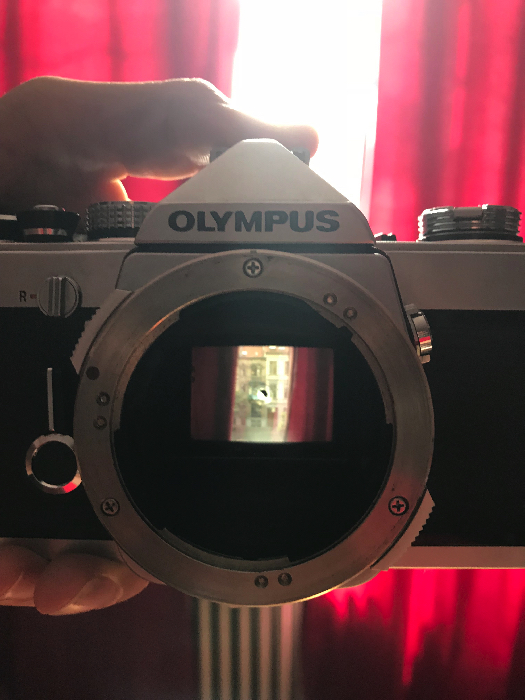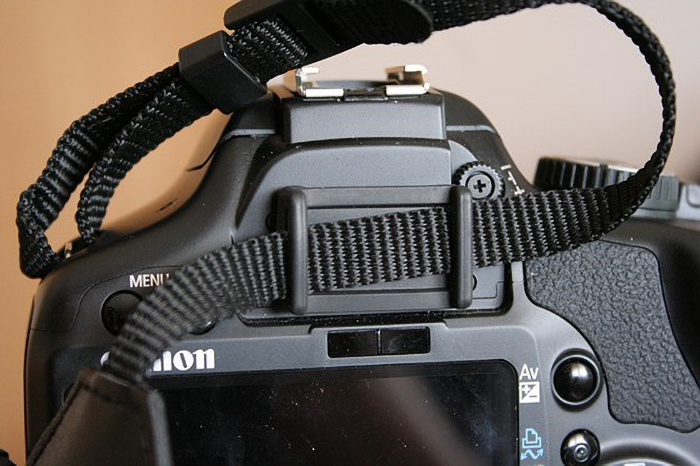Photography Style: What Is It and How Can You Find Your Own
Most of the best photographers out there have a distinct and unforgettable photography style.
Although there are many types of photography styles, you need to find your own style to stand out.
What Defines Photography Style?
A photography style is more than an editing or photography technique. It’s a combination of every decision you make as a photographer.
One of the best ways to discover your style is to look for patterns in your behaviour. Your taste in food, travelling, socialising, and so on, make up who you are.
You can develop these styles as you learn more about different cultures and preferences. Photography is no different.
Look for patterns in your techniques, compositions, and favourite photographers. You already have a photography style that complements your personality.
All you have to do is let it awaken and emerge using these methods.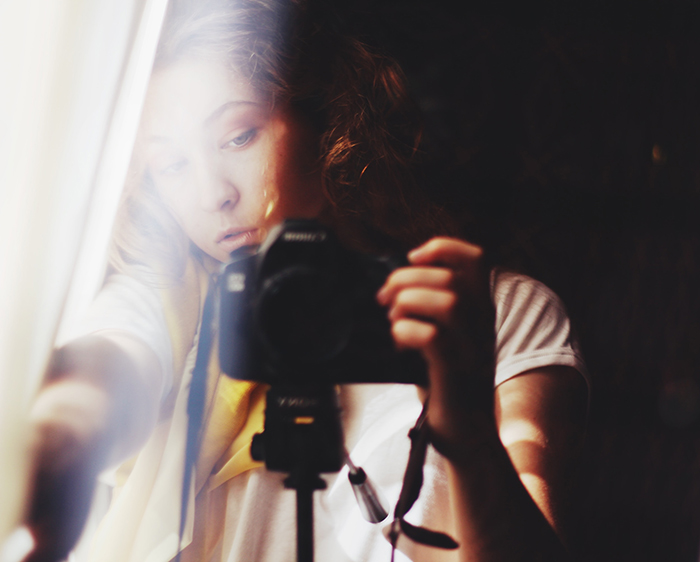
How to Find Your Unique Photography Style
The first part of every photographer’s journey is discovery. As a beginner, you might not know where to start. Equipment, famous photographers, and the possibilities of editing might confuse you.
Try to avoid distractions like this. Your priority is to cultivate and nurture your unique photography style.
Make a List of Photography Genres That You like and Experiment with Them
There are many types of photography styles out there. To find yours, you need to expose yourself to different genres. Here are a few of the many genres you can choose from:
- Portrait
- Landscape
- Macro
- Underwater
- Architecture
- Conceptual
- Abstract
- Dance
- Event
- Photojournalism
- Street photography
Within these genres, there are many sub-genres. For example, portrait photography doesn’t exist on its own. There are many types of portrait photographers out there:
- Conceptual photography
- Self-portrait photography
- Fashion photography
- Fine art photography
Which genres stand out to you? You can choose as many as you like.
Now, start experimenting with them. If you have a smartphone camera only, begin taking photos with your smartphone camera. Right now, your equipment doesn’t matter as much as your creativity.
This exercise will give you experience in many genres, which is very
important in the long run. It will also start to provide you with a
better idea of your photography style.
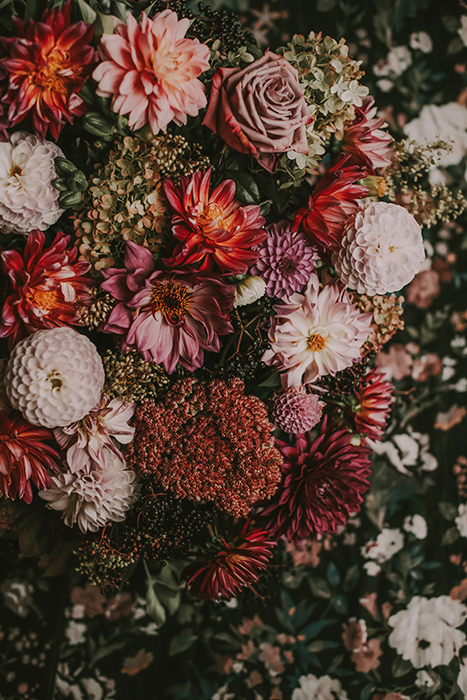
Make a Collection of Inspiring Photos to Understand Your Creative Taste
You have specific foods, outfits, and places that you like more than others. In a way, those are your styles. Even if you’re not aware of them yet, you have similar styles in photography.
You can find them by looking at different photographs. Choose a genre that you like and look for it online. If a particular photo stands out, save it. You’ll use it to understand your preferences later on.
Instead of saving photos to your computer, you can use different social media platforms instead. Pinterest is excellent for creating inspiration boards.
Instagram has a handy saving tool. Tumblr can let you create an entire inspiration blog.
Start with 20-50 inspiration photos. Why did you choose them? What stands out the most? Write all of this down. Do you notice any patterns?
The more you understand your photography taste, the closer you’ll get to discovering your photography style.
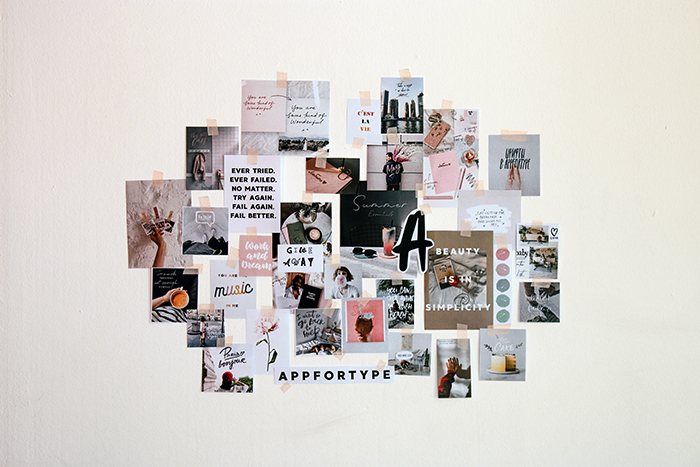
Share Your Photos to Get Helpful Feedback About Your Style
Your friends don’t have to be professional photographers, although that would help. Your goal isn’t to ask for constructive criticism. All you have to do is ask them to point out things that you’re unaware of.
You can ask them questions like:
- What was the first thing you noticed when you looked at my photos?
- Did you notice any patterns or styles in my pictures?
- Is there anything that’s missing in my photos?
This is a great way to look at your photos from a very different perspective.
Your friends might give you feedback that you wouldn’t have been able
to find on your own. They might see patterns that will help you
understand what kind of photographer you are.

Limit Your Equipment so You Can Focus on Your Photography Style
Limitations are important because they can help you understand your strengths and make you more creative. They can also give you a clearer idea of your photography taste.
Instead of looking for the best equipment, start with what you have. This doesn’t mean that you should never invest in professional equipment.
If you expose yourself to a lot of technical information now, you might not develop your style.
Get rid of technical and social media distractions. Use what you have. Take photos of everything that catches your eye.
The less advanced your equipment, the easier it will be to understand your unique photography style.
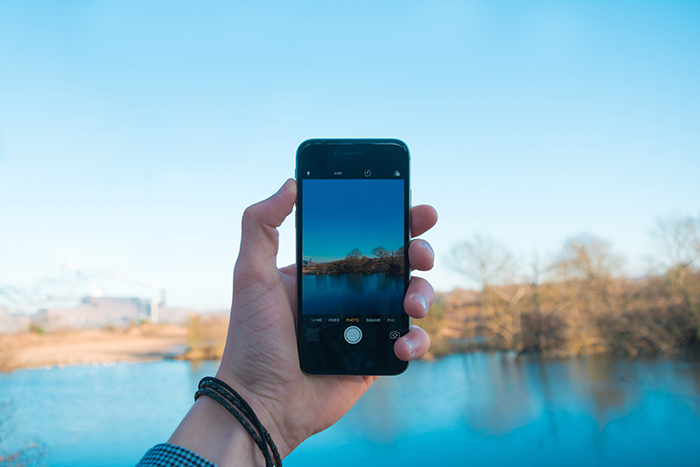
Why Is Limiting Equipment Effective?
If you try to learn all the technical settings at once, you won’t invest as much time in your intuition.
Your creative intuition is what helps you understand the heart of your photography. It’s what makes your photos emotional and thought-provoking.
Even if you learn every setting on your camera, you won’t have a distinct style. You need to focus on the emotional side of your photography.
The fewer distractions you have, the more you’ll be able to focus on developing a unique style.
How to Develop Your Photography Style
There are many exciting ways to develop your style. The more you do this; the more distinct your style will become.
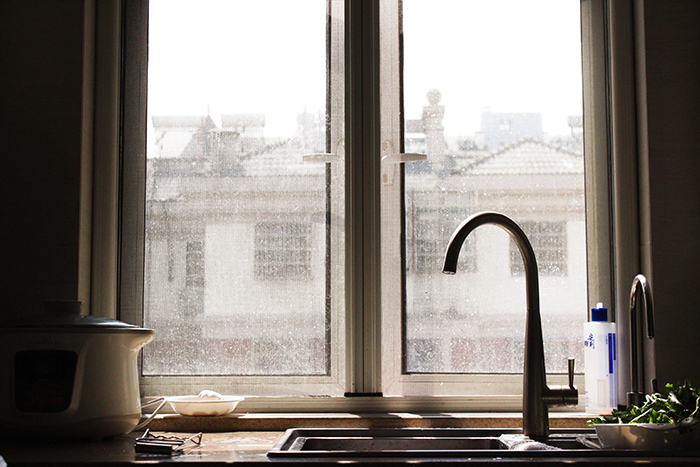
Look for Editing Inspiration to Find a Starting Point
Many, if not most, photographer styles rely on editing to stand out. This doesn’t mean that you need to spend hours on editing.
If you prefer a natural look, you can still edit your photos in a way that makes them look eye-catching.
These photographers have a natural editing style:
Other photographers have a more intense style:
Practise Editing to Intensify the Atmosphere in Your Photos
When you have a few photos you’re proud of, edit them in your preferred program.
You can use GIMP, Photoshop, Lightroom, or anything else that catches your eye. I like to use Lightroom and Photoshop for different purposes. You can mix and match as you like.
Don’t watch too many tutorials. Instead, treat your editing program like something that you need to figure out on your own.
This will help you save time and introduce you to a variety of interesting tools. It will also prevent you from feeling limited by specific editing rules.
There are three main types of editing:
- Retouching: This is very popular in portrait photography. Retouching involves getting rid of flaws and blemishes. Many retouchers aim to perfect their photos without making them look unnatural.
- Colour correction: You can change the tones and colours in your image with colour correction. A few simple clicks can instantly make a simple photo look more emotional. There’s a lot you can do with colour correction, so take some time to familiarise yourself with it.
- Photo manipulation: This involves merging different photos together to create surreal or conceptual images. Photographers like Karrah Kobus, Alex Currie, and Rosie Hardy do this often.
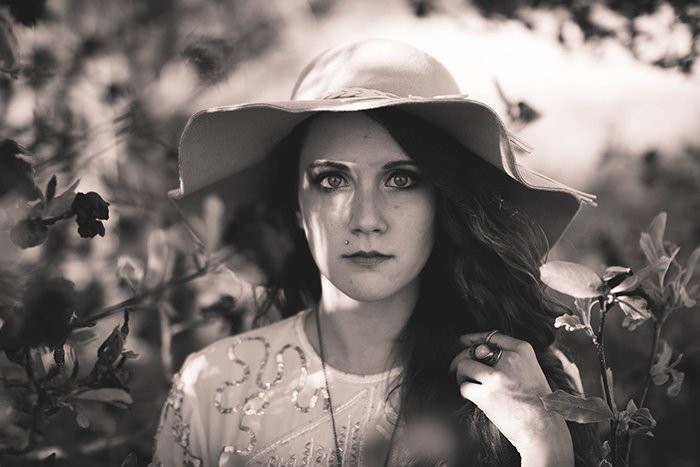
Start a Daily Photography Project to Strengthen Your Creative Muscles
One of the best ways to develop your style is to practice regularly. If you dedicate one hour a week to your photos, you won’t be able to improve quickly.
Even if you’re busy, you can help your style evolve a little every day. All you need to do is start a photography project. Make sure it’s either daily or weekly to ensure that you spend as much time with photography as possible.
A few common photo projects are the 365 project and the 52-Week project.
For the 365 project, you have to take a photo every day. It doesn’t have to be outstanding. The point is to spend a little time with photography every day.
Projects are an excellent opportunity to experiment with different genres and techniques.
The 52-Week project is a weekly project with a theme. Every week comes with a new topic, which is often abstract. This is meant to strengthen your creative muscles and help you think outside the box.
You can share your results online to get constructive criticism and to inspire others.
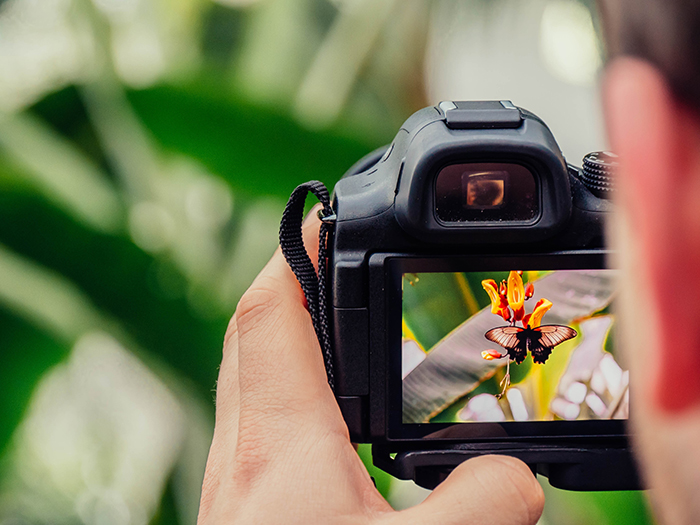
Spend Less Time on Social Media to Avoid Getting Influenced Too Much
I know, this sounds weird. You spend hours looking for inspiration, and now you’re told to stay away from social media.
This doesn’t mean you have to delete your social media accounts. Just spend a little less time looking at other photographers’ photos.
When you start to develop your style, you might get distracted by other people’s techniques. Sometimes, this is great for inspiration. If you do it too often, you might end up doubting your own abilities.
Social media is a wonderful place, but it can also become a source of insecurity. You can follow photographers, but don’t spend your time comparing your work to theirs.
Instead, use that time to practise, edit, and familiarise yourself
with new types of photography. The more time you spend with yourself,
the more original your photos will be.
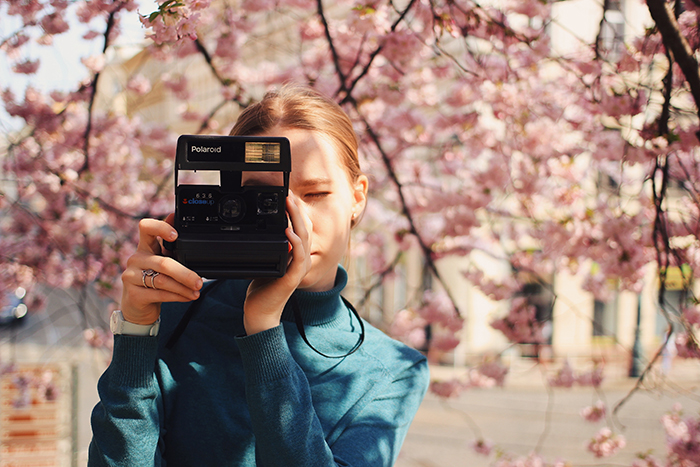
Most Common Photography Style Questions
What Is a Photography Style?
A photography style is like your fashion and interior design choices. It’s the way you approach photography and edit your pictures.
Photography styles can evolve a lot with time and practice.
Which Type of Photography Is Most Demanded?
Some of the most demanded photography types include:
landscape, headshot, photojournalism, portrait and wedding photography.
Architecture and macro photographers can also earn a lot of money in their respective industries.
If you’re an aspiring photographer, chances are you already have a style.
Look for inspiration, take photos often, join photography projects, and ask for feedback to make the most of your journey as a photographer.
---------------------------------------------------------------------------------------------------------------------
PHOTOGRAPHY FREEBIE:
How to make money with your Photography even if you're not a Pro.
Copy & paste this link into your browser, click ENTER, and enjoy:
https://mrdarrylt.blogspot.com/2020/01/how-to-make-500-month-from-your.html
or
https://www.photography-jobs.net/?hop=darryl54
----------------------------------------------------------------------------------------------------------------------


 packs just a bit more zoom than any other cameras in its class. When it comes to charging the battery, you have two options, either uses the AC adapter built within the camera or use the included camera dock. In both cases, it takes two hours to charge the battery. The camera has only two accessories, a carrying case, and an underwater case. The underwater case lets you take the camera up to 40 meters underwater. The F440 doesn’t support conversion lenses or an external flash — not surprisingly.
This camera is an all-metal camera that can go anywhere you want. Its construction is definitely good and of higher quality than cheaper Fuji cameras. The controls are well-placed, although the micro buttons on the four-way controller are a bit too small for some. One thing that bothers some consumers is that cameras like this can easily be scratched!
packs just a bit more zoom than any other cameras in its class. When it comes to charging the battery, you have two options, either uses the AC adapter built within the camera or use the included camera dock. In both cases, it takes two hours to charge the battery. The camera has only two accessories, a carrying case, and an underwater case. The underwater case lets you take the camera up to 40 meters underwater. The F440 doesn’t support conversion lenses or an external flash — not surprisingly.
This camera is an all-metal camera that can go anywhere you want. Its construction is definitely good and of higher quality than cheaper Fuji cameras. The controls are well-placed, although the micro buttons on the four-way controller are a bit too small for some. One thing that bothers some consumers is that cameras like this can easily be scratched!  This camera can shoot at 6.3 Megapixels at ISO 1600 — something no other point-and-shoot camera can do. It has a unique “natural light mode” for taking sharp pictures in lower light conditions without having to dwell on flash. There are a few accessories that can go along with this camera. But the most amazing of all these accessories is the WP-FXF10 waterproof case, which lets you take the camera for 40 meters down underwater.
With these great Fuji underwater cameras, you can enjoy the sights of the underwater over and over again.
This camera can shoot at 6.3 Megapixels at ISO 1600 — something no other point-and-shoot camera can do. It has a unique “natural light mode” for taking sharp pictures in lower light conditions without having to dwell on flash. There are a few accessories that can go along with this camera. But the most amazing of all these accessories is the WP-FXF10 waterproof case, which lets you take the camera for 40 meters down underwater.
With these great Fuji underwater cameras, you can enjoy the sights of the underwater over and over again.